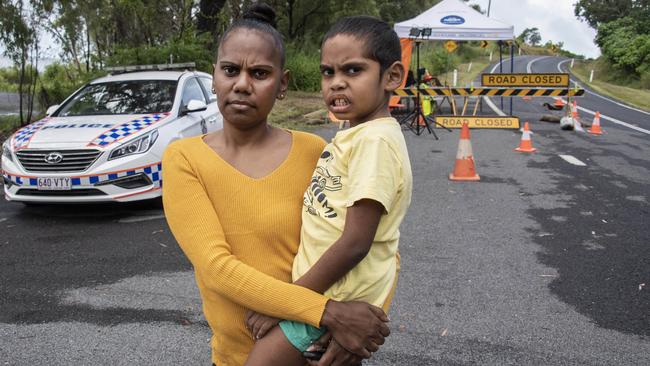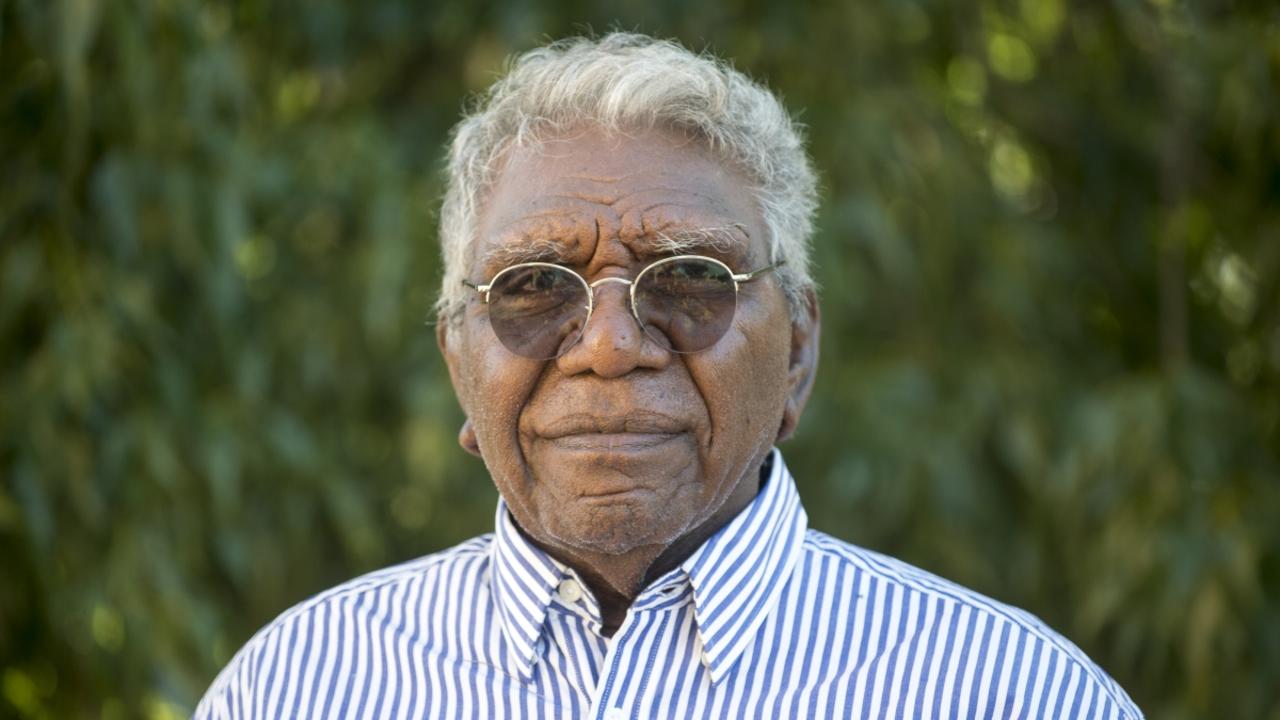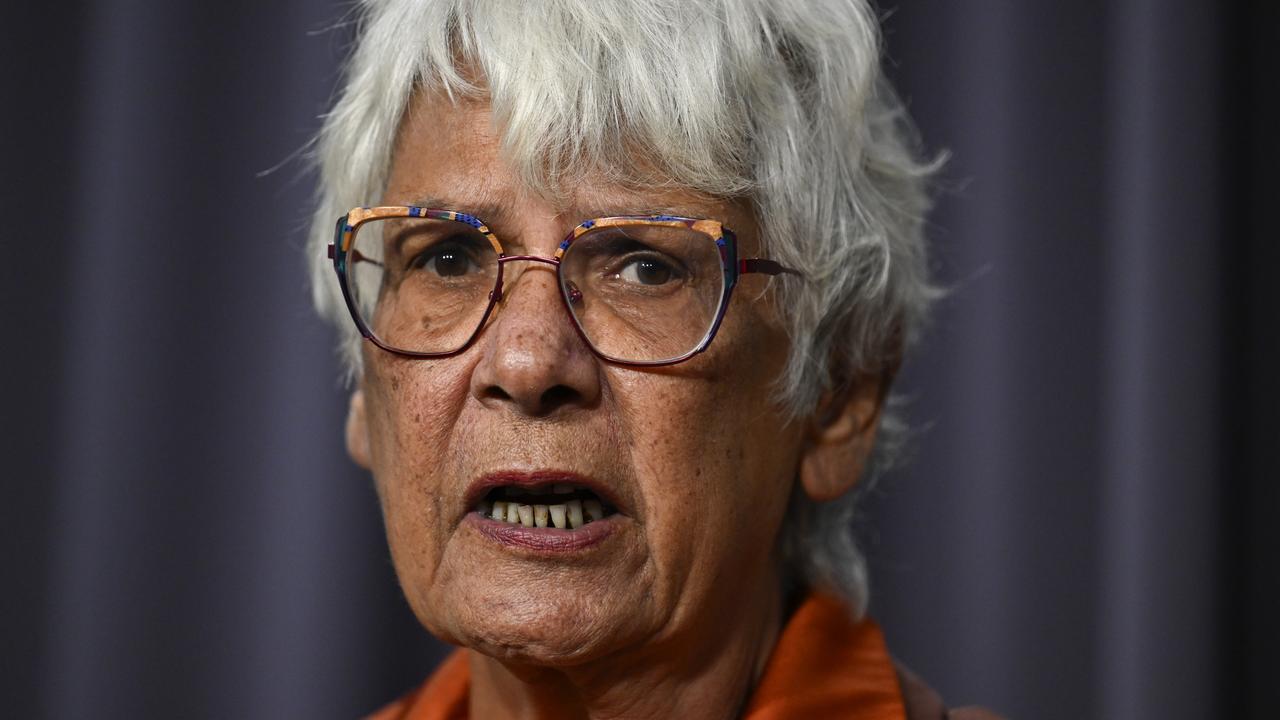Coronavirus: Remote roadblocks to keep a community killer out
Behind the police checkpoint near Cairns, leaders in the 3000-strong Aboriginal township of Yarrabah are bracing to make tough decisions.

Behind the police checkpoint, half an hour’s drive from Cairns, leaders in the 3000-strong Aboriginal township of Yarrabah are bracing to make tough decisions in a bid to stop the unthinkable and allow in the killer virus on its doorstep.
The town, one of Australia’s largest “discrete” indigenous communities, is like so many across the country, locking down and, in some places, even locking out their own to protect local populations riven by chronic disease and especially vulnerable to the coronavirus.
Several communities on Cape York are no longer open, with the last flights on Friday raising the possibility of away workers and even students at boarding schools stranded a long way from home.
Mark Wenitong of the Cape York Health Council, and an adviser to federal and state governments, says lockdowns are critical: “People have been trying to get back to their communities but some of the mayors and councils have given time limits — there has to be a cut-off.
“These communities are vulnerable. You have to remember there isn’t the infrastructure that exists elsewhere … if someone gets sick, you can’t just move them to the master bedroom with ensuite.’’
Health experts cite the 1918-19 Spanish flu pandemic — where some Aboriginal settlements had a mortality rate of 50 per cent, compared with 2.7 per cent nationally, and made up one-third of all deaths in Queensland — to illustrate the severity of the threat.
Research published after the 2009 A(H1N1) swine flu outbreak showed indigenous people made up 13 per cent of deaths, despite being less than 3 per cent of the population.
The coronavirus came dangerously close this week when a Northern Territory police officer and his wife tested positive while self-isolating in Harts Range, about 140km northeast of Alice Springs.
The fallout saw health and council workers forced to leave.
Indigenous Australians Minister Ken Wyatt says the virus is already “at the doorstep … What I don’t want them doing is opening the door. Keep the door locked”.
Communities are enforcing two-week quarantines for those who made it home, although some communities are struggling to separate those who have returned, given already limited housing.
“We got our last kid home today on the last plane for a month, and they will go into quarantine,’’ Wayne Butcher, mayor of the Cape York community of Lockhart River, says. “There are bigger communities having massive problems with people wanting to get home or just arriving.’’
On Thursday, sweeping biosecurity restrictions were imposed across about one-third of Western Australia, most of the Northern Territory, a score of Queensland communities and large parts of northern South Australia.
The question is whether the restrictions, which require anyone entering or moving between designated areas to self-isolate for 14 days first, will keep the virus out.
Yarrabah resident and mother of two Keisha Dangar, 31, says “it is the right thing to do … We have to protect our older people who are vulnerable. Not enough people have been taking it seriously — they have been partying and not isolating, although it seems to be getting better”.
At Mutitjulu, a community in the shadow of Uluru, the local Aboriginal corporation restricted fuel sales to force those who won’t heed warnings not to leave town.
“The biggest problem we’ve got are our young people,’’ says Craig Woods, a director of Mutitjulu Community Aboriginal Corporation. “Our young people are too reliant on drugs … I’m hearing about a drug run coming up from Adelaide, a couple of the guys that depend on drugs going to meet it halfway.”
In Arnhem Land, Mike Thomas, acting chief executive of Miwatj Health Aboriginal Corporation, says door-to-door educational visits have persuaded people to observe new hygiene and social-distancing rules: “We’ve been trying to be like ducks looking calm on the surface but paddling away frantically under the water.”
Nikita Robins, a doctor on leave from Alice Springs Hospital, thinks undetected community transmission in regional Australia is very likely already occurring. She wants the NT government to declare a state of emergency and lock down the Red Centre to eliminate, and not just slow, the virus.
In a move contrary to a call for tougher measures, Western Australia on Friday relaxed the 14-day self-isolation requirement for remote community residents imposed in the Kimberley less than 12 hours earlier to let indigenous boarding school students get home from as far away as Melbourne.
Additional reporting: Paige Taylor


